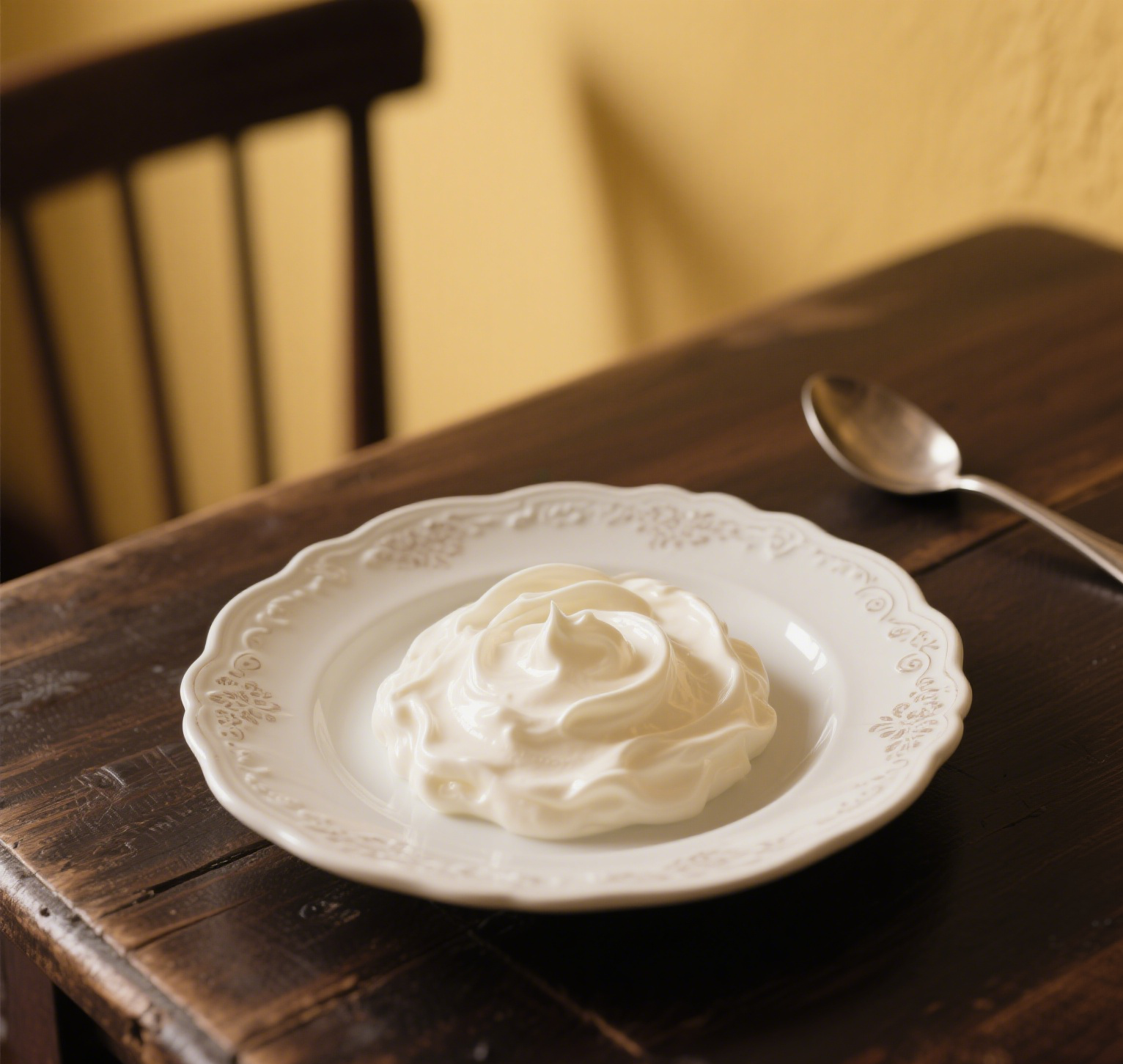Physical Address
304 North Cardinal St.
Dorchester Center, MA 02124
Physical Address
304 North Cardinal St.
Dorchester Center, MA 02124
The Secret Superhero of Your Kitchen
Let’s talk about cream—the silky, decadent ingredient that turns bland into grand, and “meh” into “more, please!” If butter is the reliable sidekick of the culinary world, cream is the caped crusader swooping in to save dishes from mediocrity. But what exactly is cream in food? Buckle up, home chefs—we’re diving into the velvety universe of this dairy delight, one dollop at a time.

Cream isn’t just a modern indulgence. Ancient nomadic tribes stumbled upon its magic when fresh milk, carried in animal skins, naturally separated into layers. The fatty top layer? That was their accidental ticket to culinary glory. Fast-forward a few millennia, and cream has become a cornerstone of global cuisine—from French sauces to Indian curries and American pies.
In scientific terms, cream is the fatty portion of milk that rises to the surface. Its richness comes from butterfat content, which ranges from a modest 18% (light cream) to a whopping 40% (double cream). Think of it as milk’s extroverted cousin: bolder, smoother, and unapologetically luxurious.
Not all creams are created equal. Let’s meet the Avengers of the dairy aisle:
Heavy Cream (aka Heavy Whipping Cream)
Fat content: 36–40%
Superpower: Whips into stiff peaks for desserts, thickens soups without curdling, and adds opulence to pasta sauces.
Pro tip: Whip it with powdered sugar and vanilla for a cloud-like topping. Just don’t tell your yoga instructor.
Whipping Cream
Fat content: 30–35%
Superpower: Lighter than heavy cream but still whip-worthy. Perfect for topping hot cocoa or folding into mousses.
Fun fact: Whipping cream is like heavy cream’s laid-back sibling—still cool, just less intense.
Half-and-Half
Fat content: 10–18%
Superpower: The peacekeeper of creams. Adds subtle richness to coffee, chowders, or scrambled eggs without overwhelming them.
Warning: Trying to whip this is like expecting a bicycle to win a Formula 1 race. Don’t.
Sour Cream
Fat content: 14–18%
Superpower: Tangy, thick, and perfect for baked potatoes, dips, or adding moisture to cakes.
Quirk: It’s basically cream that partied too hard with bacteria. In a good way.
Clotted Cream
Fat content: 55–60%
Superpower: The British royalty of creams. Spread it on scones with jam for a teatime flex.
Warning: May cause involuntary sighs of pleasure.
Cream doesn’t just enhance dishes—it transforms them. Here’s how:
Golden Rule: “Cream is the difference between ‘I cooked’ and ‘I conquered.’”
Cream’s versatility is its superpower. Stir it into risotto for silkiness, fold it into scrambled eggs for brunch luxury, or bake it into a quiche for a custardy miracle. Even cocktails like White Russians or Irish coffee bow to its greatness.
And let’s not forget dessert. Tiramisu, panna cotta, crème brûlée—these icons owe their existence to cream. As the saying goes: “A meal without cream is like a sky without stars—technically fine, but missing the magic.”
Cream isn’t just an ingredient; it’s a culinary philosophy. It whispers, “Why survive when you can thrive?” Whether you’re crafting a weeknight pasta or a showstopping cake, cream is your ticket from basic to brilliant. So go ahead—drizzle, dollop, and whip with abandon. Your kitchen (and your taste buds) will thank you.
Now, if you’ll excuse me, I have a date with a spoon and a jar of clotted cream. Priorities, people.